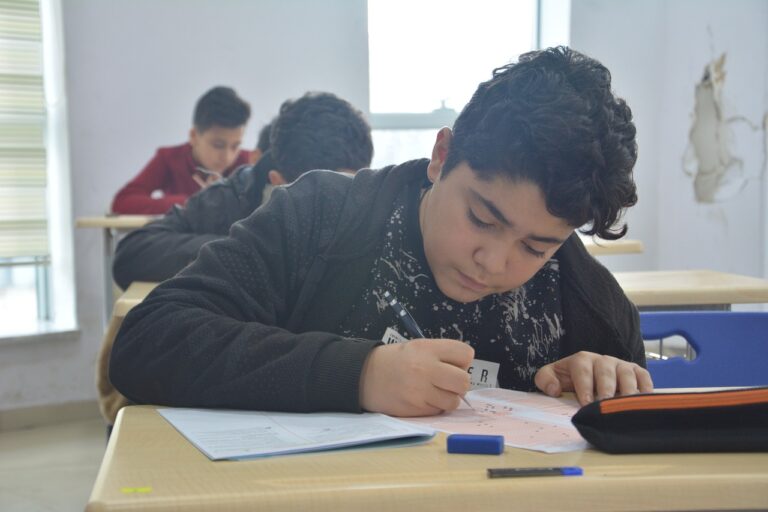The Impact of Technology on Modern Education
Integrating technology in education has revolutionized the way students learn and engage with academic content. With the use of interactive software, students are able to grasp complex concepts more effectively, leading to improved academic performance. Interactive learning platforms also promote collaboration among students, encouraging them to work together on projects and assignments in a digital space.
Furthermore, technology in education provides students with a more personalized learning experience. Through adaptive learning programs, students can progress at their own pace, ensuring that they fully understand the material before moving on to the next concept. This individualized approach to learning caters to each student’s unique learning style and challenges, ultimately enhancing their overall educational experience.
Challenges of Implementing Technology in the Classroom
One of the primary obstacles faced when incorporating technology in the classroom is the issue of access and equity. Not all students have equal opportunities to use digital devices or have consistent internet connectivity at home, which can create disparities in learning experiences. This digital divide can widen educational gaps between students with varying levels of access to technology, creating challenges for teachers to ensure equal learning opportunities for all.
Additionally, the rapid pace of technological advancements presents a challenge for educators to stay current and proficient in utilizing new tools effectively. Teachers may experience difficulties in keeping up with constantly evolving technologies and integrating them into their teaching practices. This continuous need for professional development and training can be demanding and time-consuming, adding pressure to teachers who are already balancing various responsibilities in the classroom.
What are some benefits of integrating technology in education?
Some benefits of integrating technology in education include increased student engagement, improved access to information and resources, personalized learning opportunities, and enhanced communication between teachers and students.
What are some challenges of implementing technology in the classroom?
Some challenges of implementing technology in the classroom include limited access to devices and internet connectivity, lack of teacher training and support, potential distractions for students, and concerns about data privacy and security.
How can teachers overcome the challenges of implementing technology in the classroom?
Teachers can overcome the challenges of implementing technology in the classroom by seeking professional development opportunities, collaborating with colleagues to share best practices, providing clear guidelines for technology use, and regularly assessing the effectiveness of technology integration in their teaching.
What role does student readiness play in the successful implementation of technology in the classroom?
Student readiness plays a significant role in the successful implementation of technology in the classroom. Teachers should assess students’ comfort level with technology, provide necessary support and guidance, and create an inclusive learning environment that accommodates varying levels of technological proficiency.
How can schools ensure equitable access to technology for all students?
Schools can ensure equitable access to technology for all students by providing devices and internet connectivity to those in need, implementing policies to address technology disparities, and partnering with community organizations and businesses to secure resources for students.





